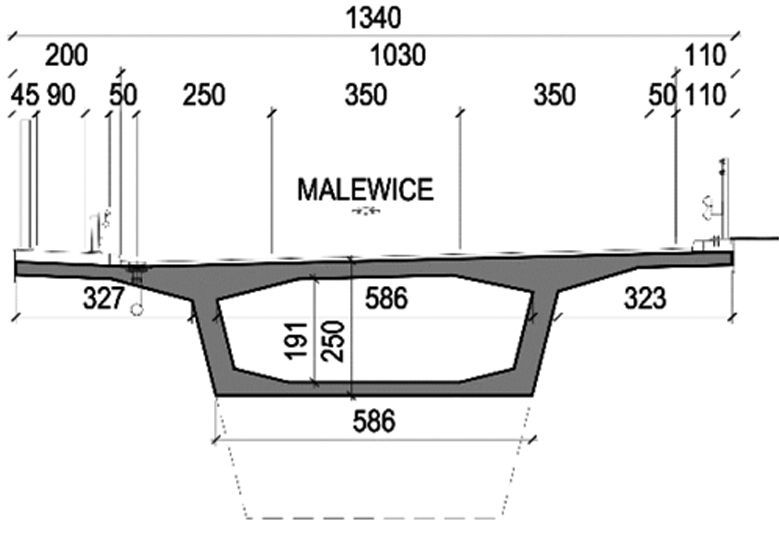Methods of assessing concrete creep in prestressed bridge structures
1
Faculty of Civil Engineering, Warsaw University of Technology, Poland
These authors had equal contribution to this work
Submission date: 2024-05-27
Final revision date: 2024-08-13
Acceptance date: 2024-08-20
Publication date: 2025-09-16
Corresponding author
Krzysztof Nowak
Faculty of Civil Engineering, Warsaw University of Technology, Al. Armii Ludowej 16, 00-637, Warsaw, Poland
Faculty of Civil Engineering, Warsaw University of Technology, Al. Armii Ludowej 16, 00-637, Warsaw, Poland
Archives of Civil Engineering 2025;71(3):369-384
KEYWORDS
TOPICS
ABSTRACT
The paper discusses the phenomenon of concrete creep, its mechanical models and simplified as well as more sophisticated methods of estimating creep effects applied in the design of bridge structures. The section on simplified methods describes the metod of substitutive concrete elasticity modulus and the method of estimating creep effects with the correction factor C_creep for spans with precast beams. Among the precise methods, it presents the modified effective modulus method (Trost 1967), age-adjusted effective modulus method (Bažant 1972) and the general incremental method according to the linear theory of elasticity. Methods for computationally accounting for creep according to current PN-EN standards, withdrawn Polish standards, and recommendations from foreign literature are characterized. The impact of creep on the redistribution of internal forces during the incremental erection of the structure was demonstrated using examples of a viaduct made of precast beams and a bridge constructed using balanced cantilever method. Attention was drawn to the possibilities of extending the description of creep phenomena in concrete bridge structures using the conceptual framework of fractional-order derivatives.
Share
RELATED ARTICLE
We process personal data collected when visiting the website. The function of obtaining information about users and their behavior is carried out by voluntarily entered information in forms and saving cookies in end devices. Data, including cookies, are used to provide services, improve the user experience and to analyze the traffic in accordance with the Privacy policy. Data are also collected and processed by Google Analytics tool (more).
You can change cookies settings in your browser. Restricted use of cookies in the browser configuration may affect some functionalities of the website.
You can change cookies settings in your browser. Restricted use of cookies in the browser configuration may affect some functionalities of the website.




